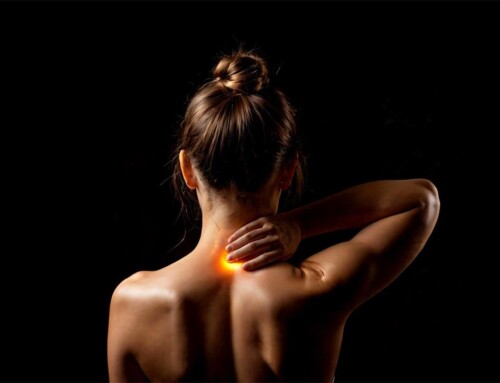Living the good life means caring for yourself, which is why so many spend hours upon hours eating well and exercising, but health and fitness can only take care of your body, not your mind. That’s where mindfulness comes into play.
If your health journey doesn’t currently include mindfulness, then that needs to stop starting today. Mindfulness is the basis of good mental health.
It’s not enough on its own if you’re struggling with mental illness, sure, but it is a powerful tool to elevate your emotional and mental health to a better baseline. For some, this can be just what you need for other therapies to work better. For others, it can be all you need to lead a more fulfilling life.
Of course, it’s one thing to say be more mindful, and another to know how to be more mindful. This guide covers everything you need to know to include mindfulness right alongside your health and fitness journey.
What is Mindfulness?
With the world as busy as it is, and our attention as fractured as it’s become, it’s critical that we all practice mindfulness. Mindfulness, in this case, is the practice of being present, understanding, and acknowledging your current self without judgment.
It’s a way to train yourself how to focus, be more patient, and be infinitely more intentional in all that you say and do. It can help boost your emotional baseline, reduce stress, make it easier to focus on singular tasks, and even help with issues like anxiety.
All of that, simply by learning to be still and pay attention to your body, thoughts, and emotions.
How you practice mindfulness is entirely up to you, so try out the options in this list, mix and match, or use them as inspiration to build your own approach to mindfulness:
Types of Mindfulness Techniques
There are many powerful mindfulness techniques and ways to incorporate those techniques within a larger approach.
· Combined Mindfulness Techniques
You can meditate, for example, and use breathwork to connect to your body. You can approach yoga not as an exercise, but as a mindfulness technique. As you continue your journey, you may even begin to experience a spiritual awakening.
You may even want to begin your mindfulness journey with the ultimate goal of experiencing that awakening, in which case you’ll want to start looking at spiritual awakening how to guides, where shamans and gurus guide you through mindfulness activities, including meditation, breathwork, and yoga, to help teach you how to reach that enlightenment.
· Meditation
Guided meditation can include body-scan, intention setting, visualization, or loving-kindness. It could include all four types. The point of guided meditation (at least at the start) is to teach you the skills and approaches of meditation so that you can continue your mindful practices with a powerful skillset.
· Yoga
True yoga, as it was originally intended, is a very spiritual, mindful practice that helps practitioners connect their minds and bodies together. It is a very powerful tool to improve your fitness, balance, and flexibility, yes, but you can easily make it into a mindful activity that combines meditation and breathwork, giving you multiple avenues to practice mindfulness at once.
· Breathwork
Breathwork includes various techniques, including diaphragmatic breathing, which has been proven to lower blood pressure and heart rate. Box breathing, which can help calm the nervous system and keep you present, and 4-7-8 breathing, which keeps the mind focused, especially if you’re dealing with repetitive thoughts, among others.
Each type of breathing focuses your mind and body, helping you increase your oxygen intake, calm yourself, and sharpen your focus.
· Creative Mindfulness
Mindfulness can be achieved through play as well, especially when it involves the arts. There is a reason why art and music therapy are so powerful, and it’s because they encourage concentration, focus, and a connection between your body and your emotions.
Art in particular holds no rules, allowing you to paint, sculpt, or draw with no end goal in mind, just the process. You may enjoy doodling and use that to focus your actions while you think through a problem. Perhaps you find catharsis in sculpting, only to punch that clay back down into mush.
· Journaling
Finally, journaling. Journaling is a powerful mindfulness practice that gives you the space to reflect on how you felt during the day, what you feel now, and even work on connecting why you feel and how your feelings impacted your actions.





